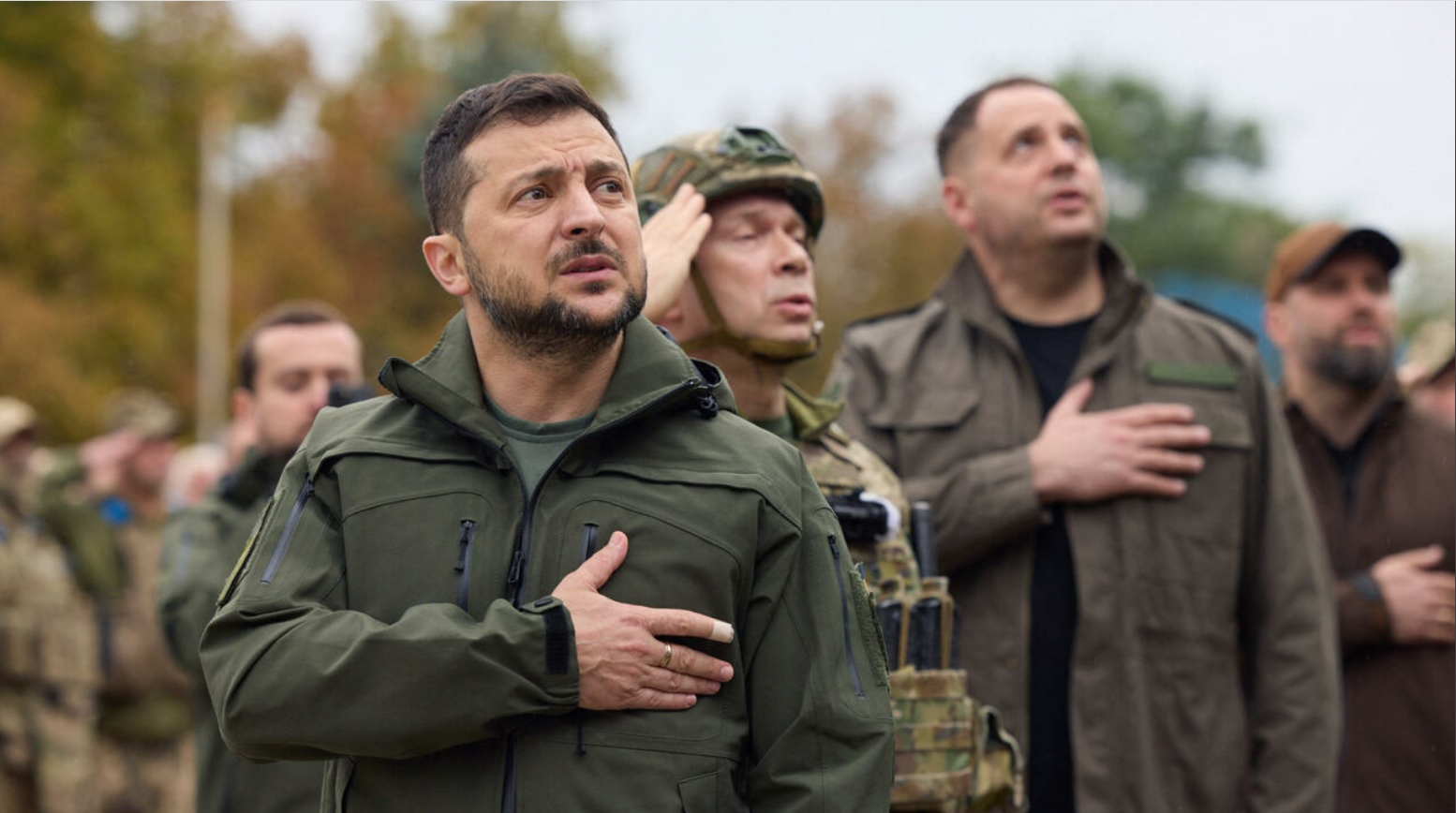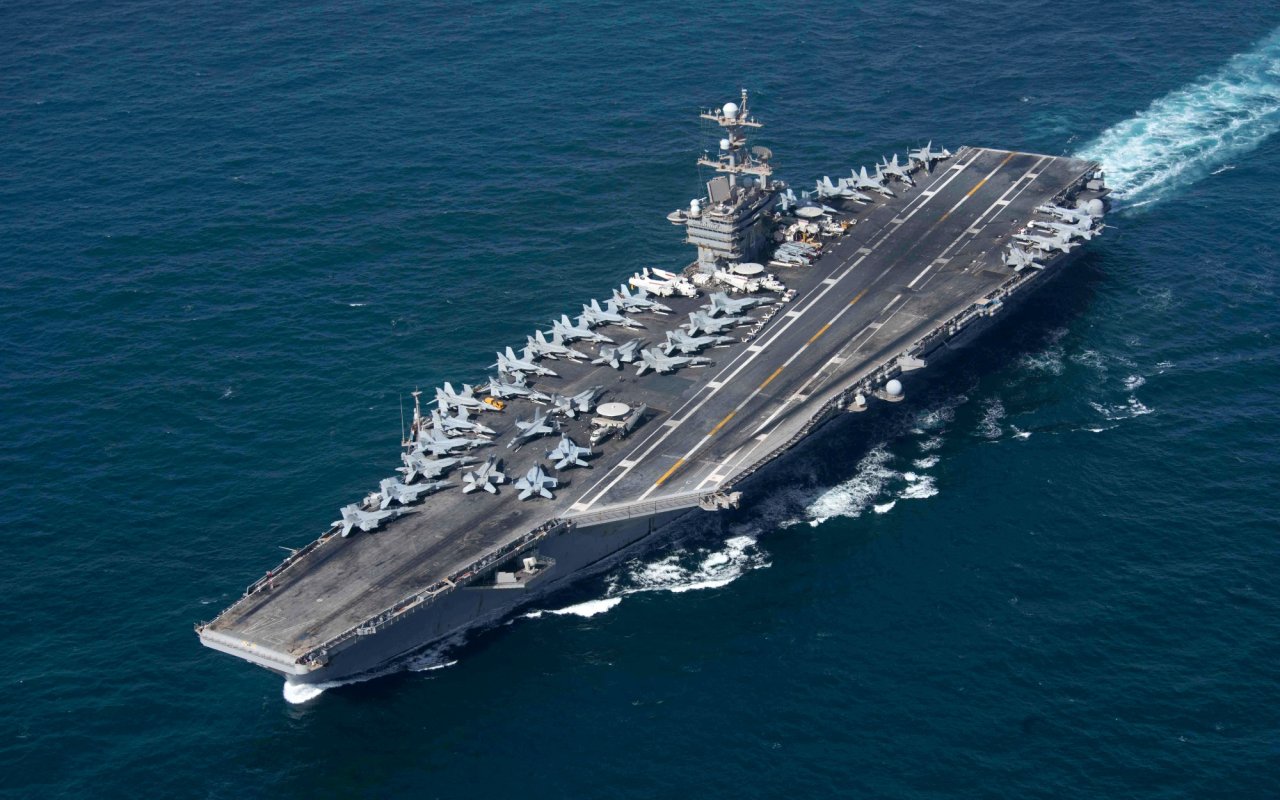
Storm Clouds Gathering in the Black Sea
K. Bhadrakumar / Indian Punchline
(July 21, 2023) — The NATO Summit in Vilnius (July 11-12) signalled that there is absolutely no possibility of talks to settle the Ukraine war in a foreseeable future. The war will only intensify, as the US and its allies still hope to inflict a military defeat on Russia although that is clearly beyond their capability.
On July 14, Gen. Mark Milley, chairman of US joint chiefs of staff said that Ukraine’s counteroffensive is “far from a failure” but the fight ahead will be “long” and “bloody”. Milley has a reputation for speaking what the White House wants to hear, no matter his professional judgment.
Indeed, on July 19, the Biden administration announced additional security assistance of about $1.3 billion for Ukraine. The Pentagon said in a statement that the announcement “represents the beginning of a contracting process to provide additional priority capabilities to Ukraine.” That is to say, the US will be using funds in its Ukraine Security Assistance Initiative program, which allows the administration to buy weapons from industry rather than pull from US weapons stocks.
According to the Pentagon, the latest package includes four National Advanced Surface-to-Air Missile Systems (NASAMS) and munitions; 152 mm artillery rounds; mine clearing equipment; and drones.
Meanwhile, in an ominous development, no sooner than Russia let the UN-brokered grain deal expire on July 17, Ukrainian President Vladimir Zelensky disclosed that he had sent official letters to UN Secretary-General Antonio Guterres and Turkish President Tayyip Erdogan suggesting to continue the grain deal without Russia’s participation.
On the very next day, Kiev followed up with an official letter to the UN’s International Maritime Organization spelling out a new maritime corridor passing through Romania’s territorial waters and exclusive maritime economic zone in the north-western part of the Black Sea.
Evidently, Kiev acted in concert with Romania (a NATO member country where the 101st Airborne Division of the US army is deployed). Presumably, the US and NATO are in the loop while the UN’s imprimatur is being arranged. It goes without saying that the NATO has been working on a new maritime route in the Black Sea for sometime already.
This is a serious development, as it seems a precursor to involving the NATO in some way to challenge Russia’s domain dominance in the Black Sea. Indeed, the NATO’s Vilnius Summit Communiqué (July 11) had forecast that the alliance is gearing up for a vastly enhanced presence in the Black Sea region, which has been historically a Russian preserve, where its has important military bases.
The relevant para in the NATO Communiqué said: “The Black Sea region is of strategic importance for the Alliance. This is further highlighted by Russia’s war of aggression against Ukraine. We underline our continued support to Allied regional efforts aimed at upholding security, safety, stability and freedom of navigation in the Black Sea region including, as appropriate, through the 1936 Montreux Convention. We will further monitor and assess developments in the region and enhance our situational awareness, with a particular focus on the threats to our security and potential opportunities for closer cooperation with our partners in the region, as appropriate.” [Emphasis added.]

Four things need to be noted:
- One, the Ukraine conflict has been singled out as the context; the focus is on Crimea;
- Two, “freedom of navigation” means an assertive US naval presence; reference to the 1936 Montreux Convention hinted at the role of Turkey, both as a NATO member country and the custodian of the Dardanelles and Bosporus straits;
- Three, the NATO flags its intention to enhance its “situational awareness,” which as a military term involves 4 stages: observation, orientation, decision, and action. Situational awareness has two main elements, namely, one’s own knowledge of the situation and, secondly, one’s knowledge of what others are doing and might do if the situation were to change in certain ways. Simply put, the NATO surveillance of Russian activities in the Black Sea will intensify; and,
- Four, the NATO seeks closer cooperation with “our partners in the region” (read Ukraine).
Most certainly, a new maritime route in northwestern and western regions of the Black Sea along Romania, Bulgaria and Turkey (all of whom are NATO member countries) will cut off the Russian garrison in Transnistria (Moldava) and would boost Kiev’s capability to strike at Crimea. The NATO involvement would complicate any future Russian operations to liberate Odessa as well, which is historically a Russian city.
Apart from the huge legacy of culture and history, Odessa is a port head for the industrial products of Russia and Ukraine. The Togliatti-Odessa ammonia pipeline (which the Ukrainian saboteurs blew up recently) is one of the best examples. The 2,471 km pipeline, the longest ammonia pipeline in the world, connected the world’s largest ammonia producer, TogliattiAzot, in Russia’s Samara region with Odessa Port.
In strategic terms, without control over Odessa, NATO cannot have force projection in the Black Sea region or hope to resurrect Ukraine as an anti-Russia outpost. Nor can NATO advance toward the Transcaucasus and the Caspian (bordering Iran) and Central Asia without dominating the Black Sea region.
And for the same reasons, Russia cannot afford to cede the Black Sea region to the NATO, either. Odessa is a vital link in any land bridge along the Black Sea coast connecting the Russian hinterland with its garrison in Transnistria, Moldova (which the US is eyeing as a potential NATO member.) In fact, Crimea’s security will be endangered if hostile forces establish themselves in Odessa. (The attack on the Kerch Bridge in October 2022 was staged from Odessa.)
Clearly, the entire US project on the new maritime route is intended to pre-empt Russia from gaining control of Odessa. It factors in the strong likelihood that with the Ukrainian offensive floundering, Russia may soon launch its counter-offensive in the direction of Odessa.
From the Russian perspective, this becomes an existential moment. The NATO has virtually encircled the Russian Navy in the North Sea and the Baltic Sea (with the induction of Sweden and Finland as members). The freedom of navigation of the Baltic Fleet and the dominance in the Black Sea, therefore, become all the more crucial for Russia to freely access the world market round the year.
Moscow has reacted strongly. On July 19, Russian ministry of defence notified that “all vessels sailing in the waters of the Black Sea to Ukrainian ports will be regarded as potential carriers of military cargo. Accordingly, the countries of such vessels will be considered to be involved in the Ukrainian conflict on the side of the Kiev regime.”
Russia has further notified that “the north-western and south-eastern parts of the international waters of the Black Sea have been declared temporarily dangerous for navigation.” The latest reports suggest that the Black Sea Fleet of warships are rehearsing the procedure for boarding foreign ships sailing to Ukrainian waters. In effect, Russia is imposing a sea blockade of Ukraine.
In an interview with Izvestia, Russian military expert Vasily Dandykin said he would now expect Russia to stop and inspect all ships sailing to Ukrainian ports. “This practice is normal: There is a war zone there, and in the past two days it has been the scene of missile strikes. We’ll see how this will work in practice and whether there will be anyone willing to send vessels to these waters, because this is very serious.”
The White House has accused Russia of laying mines to block Ukrainian ports. Of course, Washington hopes that the NATO moving in as the guarantor of the grain corridor, replacing Russia, would have resonance in the Global South. The Western propaganda caricatures Russia as creating food scarcity globally. Whereas, the fact of the matter is that the West didn’t keep its part of the bargain reciprocally to allow the export of Russian wheat and fertiliser, as has been acknowledged by the UN and Turkey.
What remains to be seen is whether beyond the raging information war, any NATO country would dare to challenge Russia’s sea blockade. The chances are slim, the daunting deployment of the 101st Airborne Division in next-door Romania notwithstanding.
Comment
Steven Starr — The primary objective of the 2014 coup in Kiev was for the US/NATO to kick Russia out of its naval base in Sevastopol. Russia blocked that with the annexation of Crimea.
However, Crimea will remain in jeopardy from US/NATO/Ukrainian attacks as long as Odessa remains in Ukrainian hands. The recent attacks on Odessa have originated from Odessa. US 101st Airborne troops in Romania are in close proximity to Odessa and there has been speculation that they may be sent to Odessa in an effort to block a Russian attack there (a “tripwire” to make Russia “back down”). NATO is making noises about “freedom of navigation” through the Black Sea.
Kiev has announced a new maritime corridor passing through Romania’s territorial waters and exclusive maritime economic zone in the north-western part of the Black Sea.
a new maritime route in northwestern and western regions of the Black Sea along Romania, Bulgaria and Turkey (all of whom are NATO member countries) will cut off the Russian garrison in Transnistria (Moldava) and would boost Kiev’s capability to strike at Crimea.
Russia has effectively begun a naval blockade of Odessa; will NATO challenge it? I suspect the UK is just dying to do so.